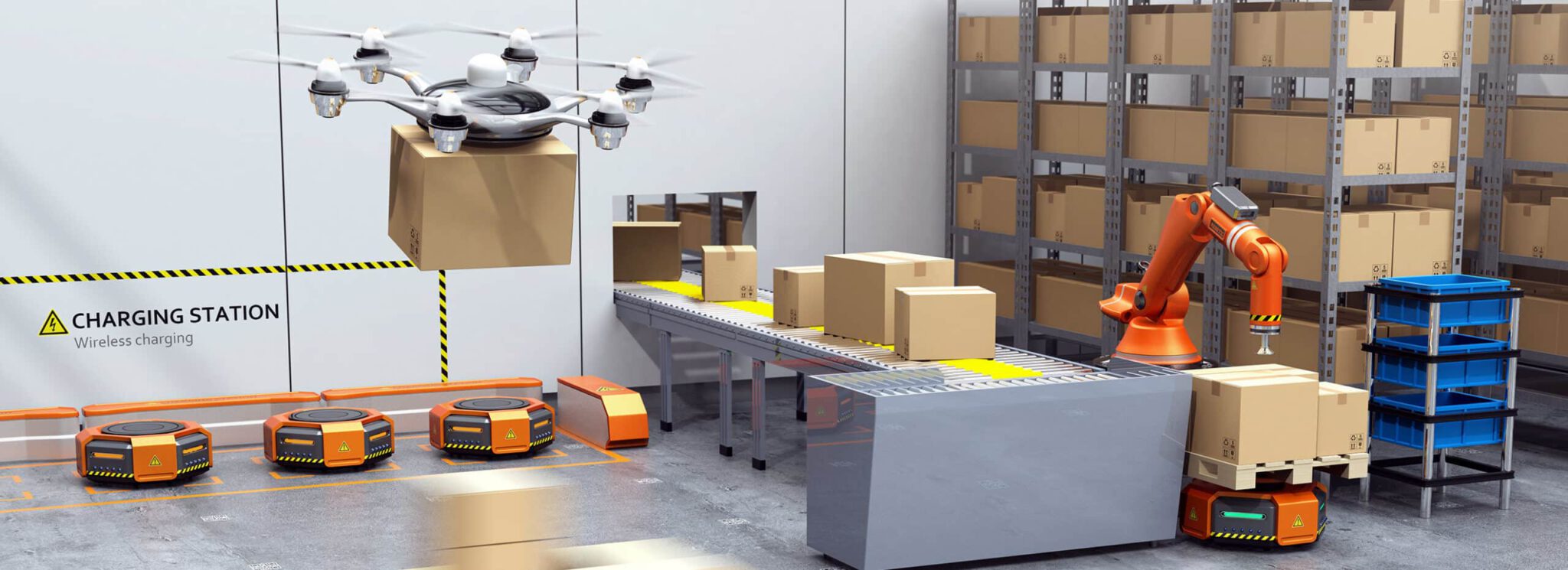Warehousing
is changing and few companies are changing with it. Amazon is one exception
because it purchased Kiva Systems in 2012. This little company, now renamed
Amazon Robotics, manufactures robots to improve warehouse operations and
productivity. More than 30,000 of these robots work in Amazon facilities. Since
then, large retailers and big box stores have invested in technology that is
more effective than conveyor systems for managing warehouse operations. They
save on costs, improve productivity, and enhance warehouse security.
Improve Warehouse
Operations with Robots and Drones
Walmart
is testing robots called Alphabot, as well as introducing other
technologies into its stores. The Alphabots collect goods and deliver them to
human pickers for sorting. These robots replace the commonly used conveyor
systems.
Target
has pledged more than $7 billion to retrofit 600 of its stores with newer
technology. In doing this, they’re turning backrooms into hyperlocal
distribution centers. Despite these moves, Supply
Chain 24/7 reports that fewer than 10 percent of warehouses manage their
inventories with automated storage and retrieval systems (AS/RS). With many
warehouses not using these technologies, it’s a perfect opportunity to invest
in the more effective robotics and drones instead of AS/RS.
Here’s why. Supply Chain 24/7 indicates that robotics and
drones have an ROI of three to six months. For AS/RS systems, the ROI is five
to 10 years. Companies switching to robots save on real estate and labor costs.
What gives robotics a faster ROI is that it allows companies to automate their
supply chain with little or no impact on the infrastructure.
Protect Warehouse
Operations
The addition of robots, drones, and advanced technologies will
drive the need to reinforce warehouse security. Not only do you need to concern
yourself with theft of products from the warehouse, but also the technology
that manages it. Inbound
Logistics says the FBI estimates cargo theft costs U.S. companies
approximately $28 million dollars. And fewer than 20 percent gets recovered.
They can’t pinpoint exact costs because many incidents go
unreported. Companies fear reporting thefts causes negative publicity that
could affect their business and stock. Furthermore, the advent of the internet
of things (IoT) also increases the need for remote video surveillance as IoT devices can be hacked.
Here’s
what you can do to improve warehouse security:
- Promote a culture of security
- Create a security plan
- Use RFID ID badges
- Know who moves the goods
- Add a fence around the building
- Integrate business access control
- Add live video monitoring services
- Work with vendors that use technology
Stealth
Monitoring’s proactive security solution can watch indoor and outdoor assets in
real time, to catch events as they happen. In this video, our trained operators
spotted two individuals set a fire in the loading dock of a Las Vegas industrial
property and immediately called the fire department. Fire officials arrived to
extinguish the fire before extensive damage was done.
Taking
action to improve warehouse security does pay off. Inbound Logistics shares a case study in which an organization
reviewed incidents, improved security, and shared information. Its large-scale
thefts dropped from $4.2 million to $200,000.
To
learn more about using supply chain security to protect your warehouse
operations with live video monitoring, please contact us.

